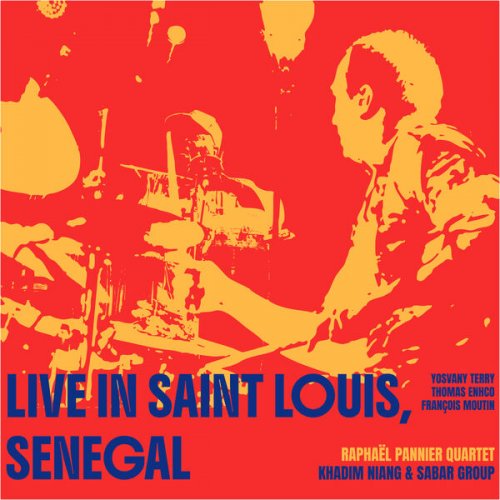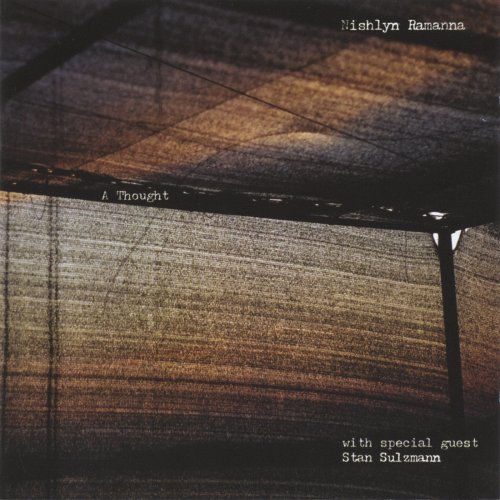Michaël Attias Quartet - Nerve Dance (2017) CDRip
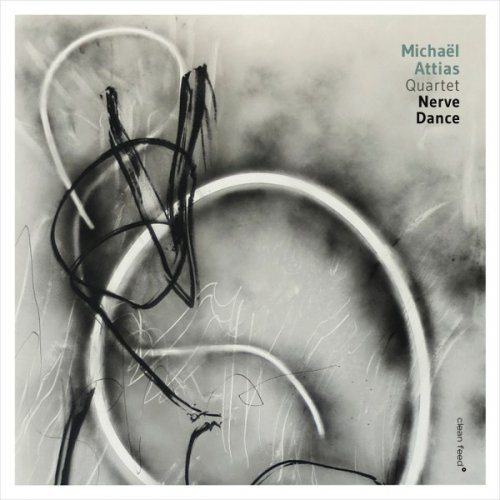
Artist: Michaël Attias Quartet
Title: Nerve Dance
Year Of Release: 2017
Label: Clean Feed
Genre: Contemporary Jazz, Free Improvisation
Quality: FLAC (tracks+.cue, log, Artwork)
Total Time: 1:07:30
Total Size: 375 MB
WebSite: Album Preview
Tracklist: Title: Nerve Dance
Year Of Release: 2017
Label: Clean Feed
Genre: Contemporary Jazz, Free Improvisation
Quality: FLAC (tracks+.cue, log, Artwork)
Total Time: 1:07:30
Total Size: 375 MB
WebSite: Album Preview
01. Dark Net (8:22)
02. Nerve & Limbo (7:47)
03. Scribble Job Yin Yang (6:28)
04. Boca de Luna (1:44)
05. Moonmouth (4:42)
06. La Part Maudite (5:37)
07. Le Pèse-Nerfs (4:22)
08. Rodger Lodge (8:03)
09. Dream in a Mirror (9:51)
10. Ombilique (3:53)
11. Nasheet (6:41)
Michaël Attias: alto saxophone
Aruán Ortiz: piano
John Hébert: bass
Nasheet Waits: drums
Recorded February 15, 2016 by Chris Sulit at Trading 8’s in Paramus, NJ | Mixed by Joseph Branciforte | Mastered by Alan Silverman Produced by Michaël Attias and Louisa Proske | Executive prodution by Pedro Costa for Trem Azul | Cover art by Alain Kirili, Opulence I, 2016 (charcoal and spray 50?x60?) | Photo by Russ Rowland | Design by Travassos
Nerve Dance – saxophonist/composer/bandleader/conceptualist Michae¨l Attias’ sixth album (available on Clean Feed Records, March 10, 2017), which deals with the aesthetics of spontaneity, the theory of elasticity and the concept of equality in music, is an expansive, spirited debut from Michae¨l Attias’ new Quartet, featuring Arua´n Ortiz (piano), John He´bert (bass) and Nasheet Waits (drums). OnNerve Dance, we are regaled with hearing four hearts, minds and bodies hooking up at an extremely high level on nine Attias compositions, and two from He´bert. Each piece exercises a different set of muscles and faculties for the band, and every member of the Quartet carries within them the historical knowledge and a fluency in the multitude of dialects of this music; consequently we hear them free within the compositions, deep into the zone of this collective creation, transcending their respective instruments and completely surrendering to the music.
Attias has been influenced by literature, film, painting, extensive travel, life in general, and of course, a wide spectrum of music, ranging from Moroccan Gnawa rhythms to Renaissance Polyphony, Ligeti, Debussy and the 2nd Viennese School; the AACM, Ornette Coleman, Cecil Taylor and Steve Lacy, but also Andrew Hill, Paul Motian, Konitz & Marsh, plus the first and lasting loves, Ellington, Coltrane, Monk, Miles and Bird. Attias’ music, while dedicated to “creation” rather than “re-creation”, remains firmly rooted in the avant-garde, conceptualized as the true tradition of this music from its earliest recordings onward. Attias asserts that the revolutionary, adventurous spirit of the major figures of jazz, including his aforementioned influences, made bold strokes of genius that only seem inevitable in retrospect, and have paved the way for the audacious improvisers of today who remain singular and fearless in the face of mass conformity. There exists an instinctual, visceral need in Attias and his cohorts to play music that is honest, that rejects inertness and fully embraces the meaning of creativity and evolution. This music is found on Nerve Dance.
Attias, a quietly fierce, improvising force on the international scene, has worked with Anthony Braxton and Paul Motian, and is a frequent collaborator/sideman for Kris Davis, Ralph Alessi, Tony Malaby, Oliver Lake, Anthony Coleman (and many others). He also leads three bands, his new Quartet, Renku (featuring John He´bert and Satoshi Takeishi), and Spun Tree (featuring Ralph Alessi, Matt Mitchell, Sean Conly and Tom Rainey). He has also composed for theatre, film, big band, and orchestra. So why this new Quartet, and why Ortiz, He´bert andWaits? “There was a particular chemistry I was looking for and a kinship of approach that I can only describe as a fiery mathematics whose combustion is in the blowing itself, a group identity so strong that it becomes the overriding composition. This band is big fun to play with. Everyone has in common a deep lyricism and a very personal way of bringing design to the turbulence and turbulence to the design. We all share a fearless commitment to every moment of the music, to making it breathe and dance – balancing the yins and yangs, fire and receptivity, mystery and clarity… He´bert, Nasheet and I have played together in countless situations over the last fifteen years, and, of course, those two for years played together with Andrew Hill whose music is a big inspiration to us all. They bring a deeply singing quality and dance to everything they do. Arua´n is the new agent in this chemistry; he has all the qualities I’ve mentioned and a kind of visionary approach to sound and time, order and chaos that I really appreciate. Music demands of us, as players and listeners, that we put our emotions, minds, bodies, and nervous systems on the line and give it some attention, but the reward is that we can all share in the dance.”
Nerve Dance – saxophonist/composer/bandleader/conceptualist Michae¨l Attias’ sixth album (available on Clean Feed Records, March 10, 2017), which deals with the aesthetics of spontaneity, the theory of elasticity and the concept of equality in music, is an expansive, spirited debut from Michae¨l Attias’ new Quartet, featuring Arua´n Ortiz (piano), John He´bert (bass) and Nasheet Waits (drums). OnNerve Dance, we are regaled with hearing four hearts, minds and bodies hooking up at an extremely high level on nine Attias compositions, and two from He´bert. Each piece exercises a different set of muscles and faculties for the band, and every member of the Quartet carries within them the historical knowledge and a fluency in the multitude of dialects of this music; consequently we hear them free within the compositions, deep into the zone of this collective creation, transcending their respective instruments and completely surrendering to the music.
Attias has been influenced by literature, film, painting, extensive travel, life in general, and of course, a wide spectrum of music, ranging from Moroccan Gnawa rhythms to Renaissance Polyphony, Ligeti, Debussy and the 2nd Viennese School; the AACM, Ornette Coleman, Cecil Taylor and Steve Lacy, but also Andrew Hill, Paul Motian, Konitz & Marsh, plus the first and lasting loves, Ellington, Coltrane, Monk, Miles and Bird. Attias’ music, while dedicated to “creation” rather than “re-creation”, remains firmly rooted in the avant-garde, conceptualized as the true tradition of this music from its earliest recordings onward. Attias asserts that the revolutionary, adventurous spirit of the major figures of jazz, including his aforementioned influences, made bold strokes of genius that only seem inevitable in retrospect, and have paved the way for the audacious improvisers of today who remain singular and fearless in the face of mass conformity. There exists an instinctual, visceral need in Attias and his cohorts to play music that is honest, that rejects inertness and fully embraces the meaning of creativity and evolution. This music is found on Nerve Dance.
Attias, a quietly fierce, improvising force on the international scene, has worked with Anthony Braxton and Paul Motian, and is a frequent collaborator/sideman for Kris Davis, Ralph Alessi, Tony Malaby, Oliver Lake, Anthony Coleman (and many others). He also leads three bands, his new Quartet, Renku (featuring John He´bert and Satoshi Takeishi), and Spun Tree (featuring Ralph Alessi, Matt Mitchell, Sean Conly and Tom Rainey). He has also composed for theatre, film, big band, and orchestra. So why this new Quartet, and why Ortiz, He´bert andWaits? “There was a particular chemistry I was looking for and a kinship of approach that I can only describe as a fiery mathematics whose combustion is in the blowing itself, a group identity so strong that it becomes the overriding composition. This band is big fun to play with. Everyone has in common a deep lyricism and a very personal way of bringing design to the turbulence and turbulence to the design. We all share a fearless commitment to every moment of the music, to making it breathe and dance – balancing the yins and yangs, fire and receptivity, mystery and clarity… He´bert, Nasheet and I have played together in countless situations over the last fifteen years, and, of course, those two for years played together with Andrew Hill whose music is a big inspiration to us all. They bring a deeply singing quality and dance to everything they do. Arua´n is the new agent in this chemistry; he has all the qualities I’ve mentioned and a kind of visionary approach to sound and time, order and chaos that I really appreciate. Music demands of us, as players and listeners, that we put our emotions, minds, bodies, and nervous systems on the line and give it some attention, but the reward is that we can all share in the dance.”
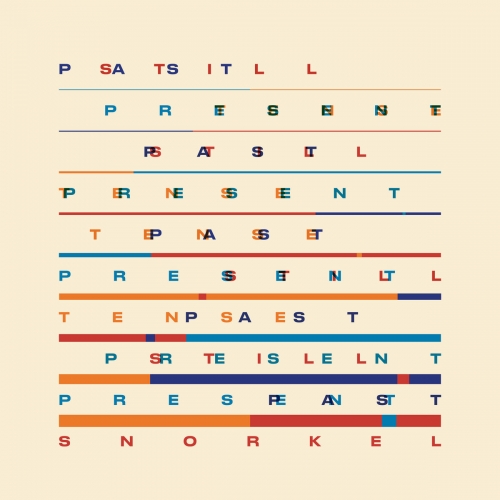
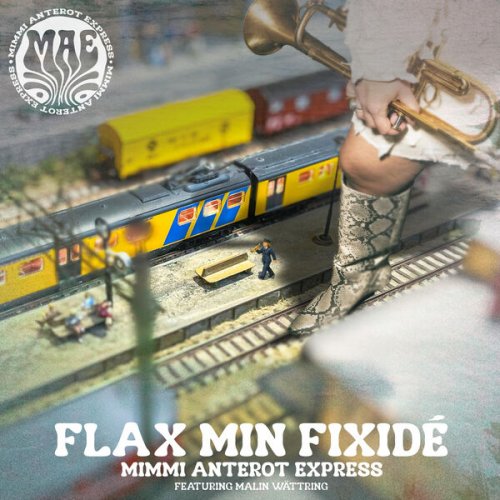
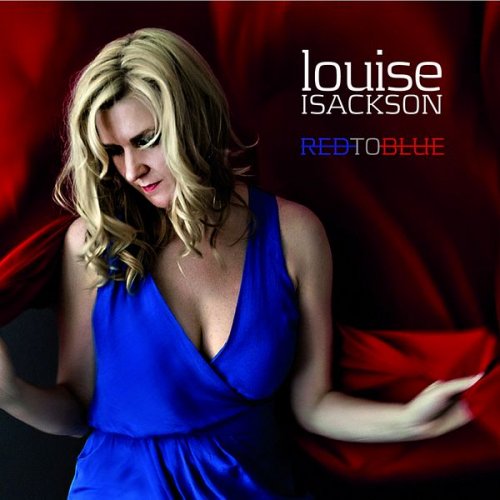
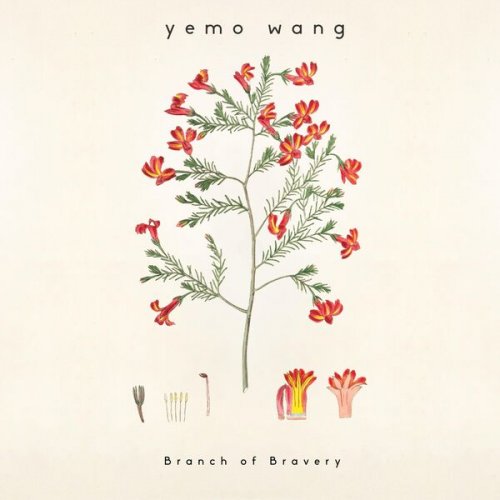
![Yasuhiro Usui, Ryoko Ono and Taro Tatsumaki - The House Concert Live Collection, Vol. 55: Yasuhiro Usui (Live at 3rd Floor, Artist House, Daehak-ro, Seoul, 7/12/2015) (2025) [Hi-Res] Yasuhiro Usui, Ryoko Ono and Taro Tatsumaki - The House Concert Live Collection, Vol. 55: Yasuhiro Usui (Live at 3rd Floor, Artist House, Daehak-ro, Seoul, 7/12/2015) (2025) [Hi-Res]](https://www.dibpic.com/uploads/posts/2025-12/1765791289_rchn1y2nh7yfb_600.jpg)
![Tomasz Stańko - Unit (Polish Radio Sessions vol. 2/6) (2025) [Hi-Res] Tomasz Stańko - Unit (Polish Radio Sessions vol. 2/6) (2025) [Hi-Res]](https://www.dibpic.com/uploads/posts/2025-12/1765790300_cover.jpg)

